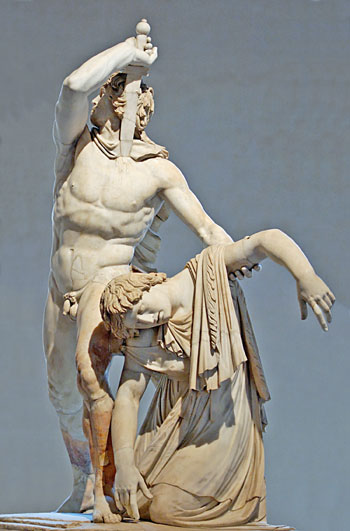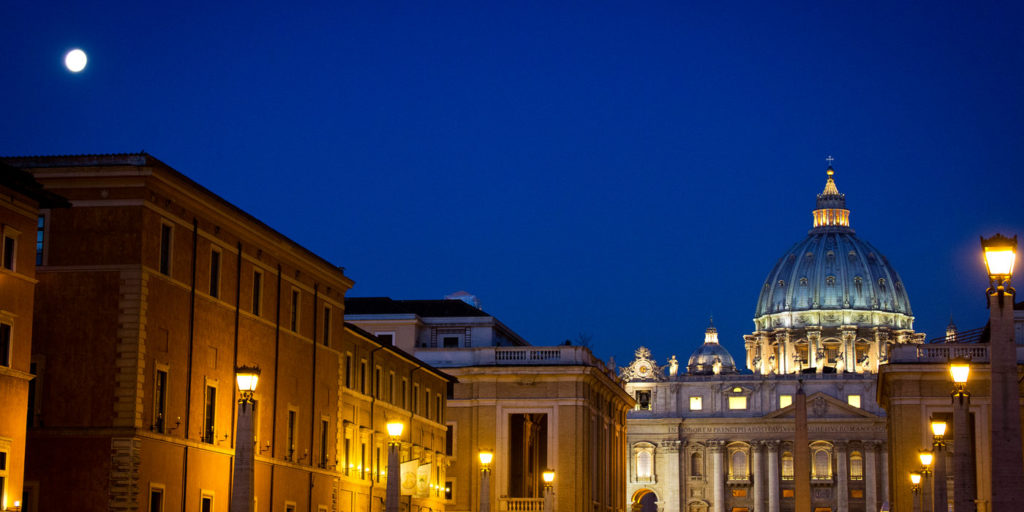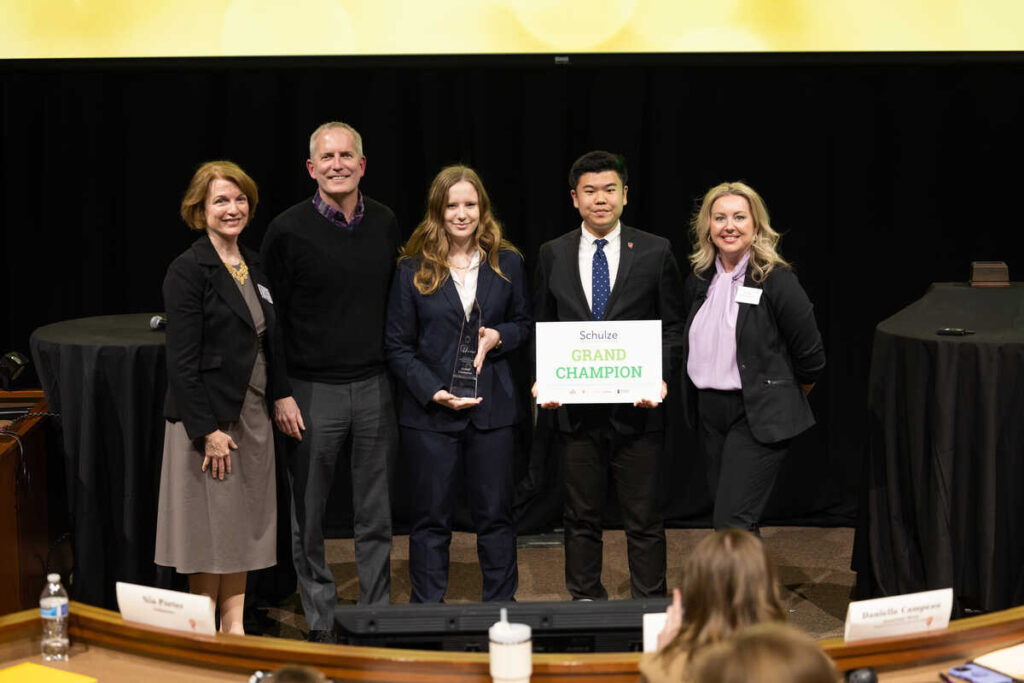Dr. Peter Schultz, the Olin J. Storvick Chair of Classical Studies and chair of the Art Department at Concordia College in Moorhead, will discuss “Style, Continuity and the Hellenistic Baroque” in a lecture at 6 p.m. Thursday, Feb. 21, in the auditorium of O’Shaughnessy Educational Center on the St. Paul campus of the University of St. Thomas.
The lecture, free and open to the public, is the second of four “Generations and the Tradition of Art” series events sponsored by the St. Thomas Art History Department, part of the College of Arts and Sciences.
A reception will follow in the lobby gallery of O’Shaughnessy Educational Center.
Following is an abstract that offers context for the Feb. 21 lecture:
Style, Continuity, and the Hellenistic Period
The sculpture of the Hellenistic period, specifically "Hellenistic baroque" sculpture, often is characterized as a rather revolutionary break with previous sculptural traditions in the ancient Greek world.
In this lecture, Dr. Peter Schultz re-examines this position. Dr. Schultz's argument is not that the conventional characterization of the Hellenistic baroque as "revolutionary" is incorrect. Rather, his argument is that the familiar characterizations of the Hellenistic baroque as "new" or "innovative" or "revolutionary" have obscured another important art historical reality. Namely, several underlying aspects of the Hellenistic baroque are firmly rooted in a stylistic tradition that extends directly back to the sculpture of the fifth century B.C.E., specifically to the sculpture of fifth and fourth century Athens.
This "Classical" pedigree of the quintessential "Hellenistic" style has some ramifications regarding how the "baroque mode" was used by Hellenistic sculptors. Perhaps more importantly, examination of this "baroque tradition" allows for some rather interesting speculation as to what the sculpture crafted in the Baroque style might have meant to the artists, patrons, and communities that made, purchased, and consumed it.
A website with information about the lecture can be seen here.







